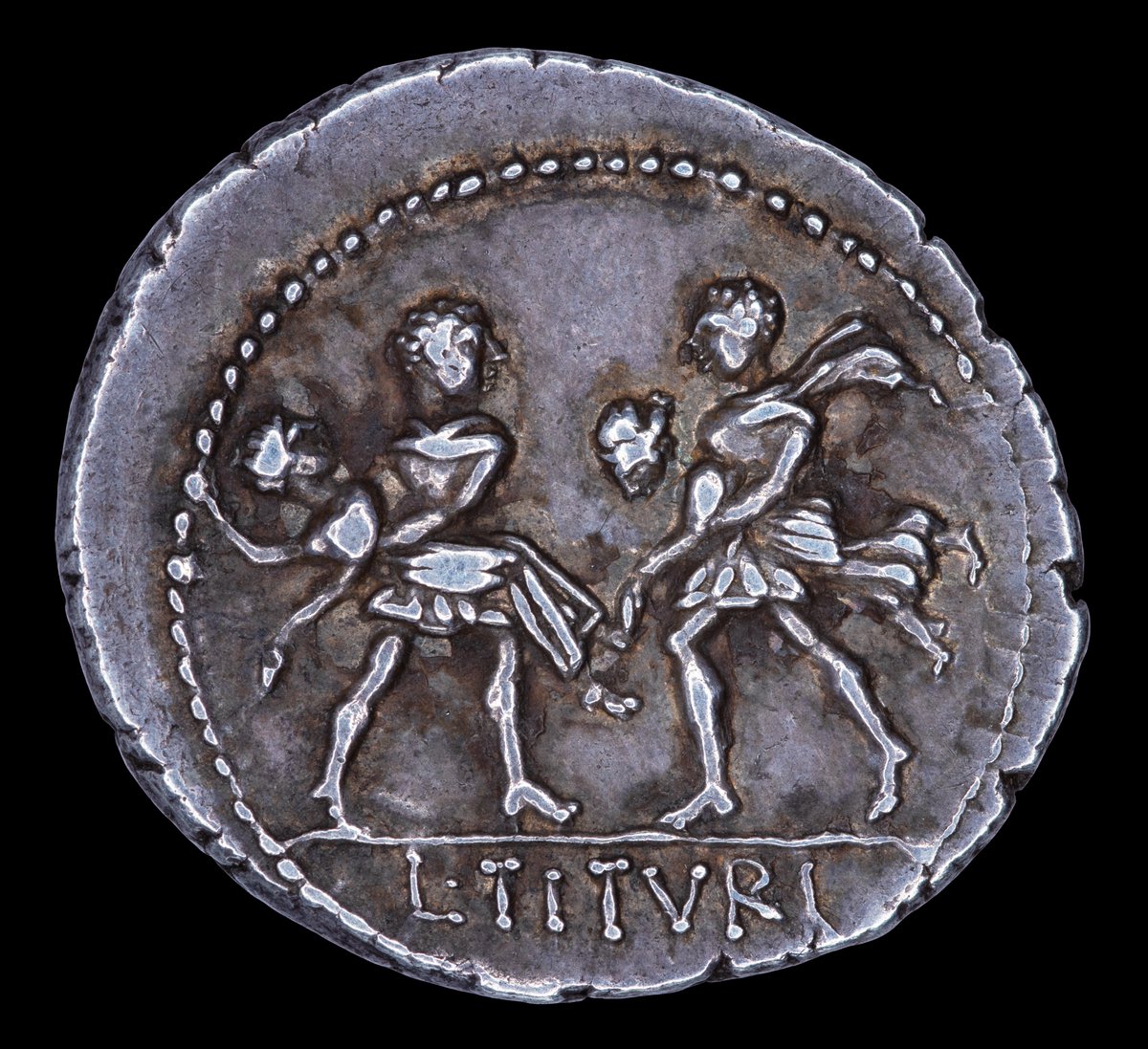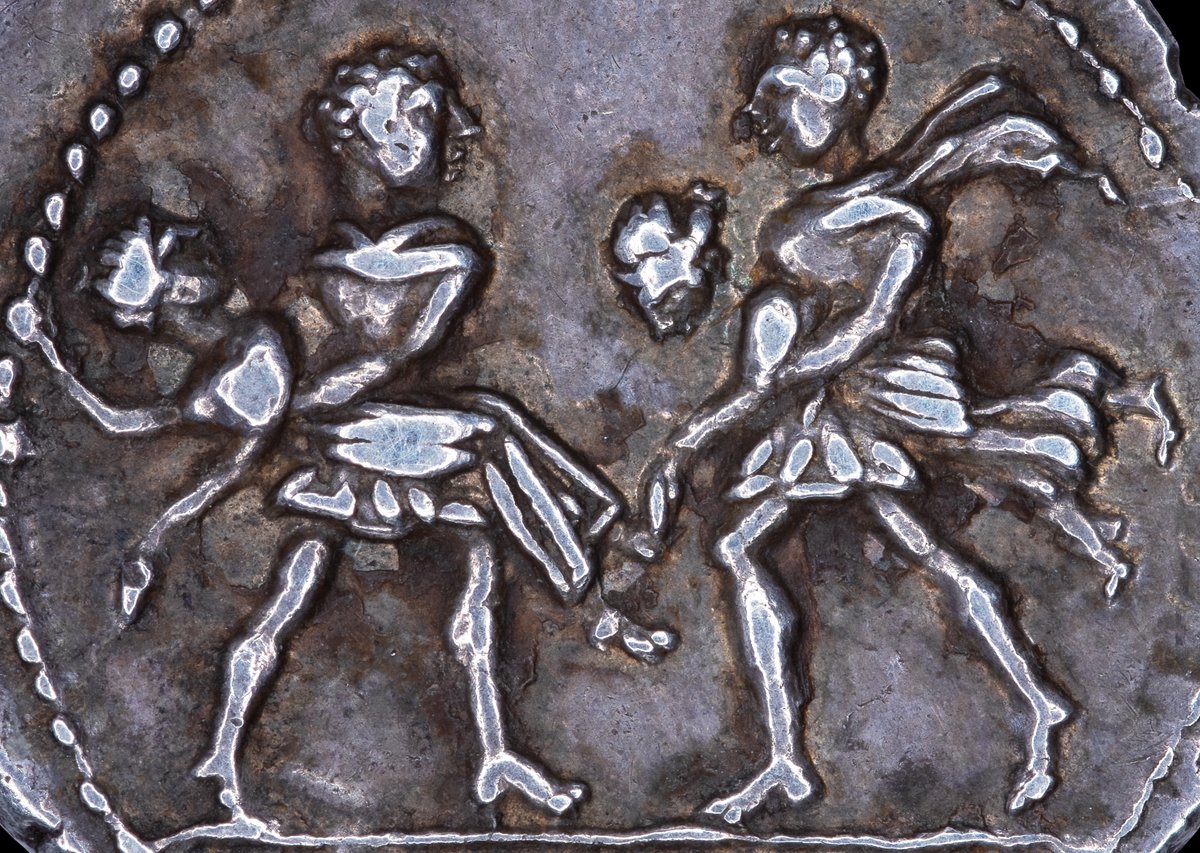
1) Ancient fake news? Newly photographed denarius showing an event that almost certainly never took place. This coin struck at the beginning of Hadrian's reign shows Trajan adopting Hadrian, thus making him his successor, clasping hands and exchanging the necessary documentation. 

2) If the message wasn’t clear enough to viewers, the scene is emblazoned with the self-explanatory declaration “ADOPTIO”. That this unique coin was required at all shows Hadrian clearly felt the need to publicly tackle simmering conspiracy theories around his accession.. 

3) Murky details surrounding Trajan’s death in Selinus and documents signed by Trajan’s widow Plotina rather than the emperor himself caused rumours to spread. A close attendant of Trajan’s, Phaedimus, also died a few days after his master, adding to conspiratorial suspicions.. 

4) The 41-year-old Hadrian had become a close favourite of Trajan’s wife, Plotina - some theorised that together they had withheld news of Trajan’s death while adoption papers were forged or backdated. Still, it seems Hadrian was the clear and logical choice of successor. 

5) With our denarius does Hadrian "protest too much?" or is he getting ahead of gossip peddled by a sceptical senate, testing their new leader amid a backdrop of unpopular but necessary withdrawals of all his predecessor’s recent territorial gains in Mesopotamia.. 

6) Despite being minted in a time of great stability and relative peace, the coin reveals an underlying anxiety about the very nature of imperial power and the exact manner in which it could be gifted to a successor, a problem the Romans were never to solve fully. 



7) To learn more about the controversial accession of Hadrian in August 117 AD, you can read blog posts on the event here: harneycoins.com/post/adoptio-t…
8) and here: followinghadrian.com/2017/08/08/8th…
9) And if you enjoy (possible) Murder-Mysteries, see my thread on the death of Trajan's attendant, Marcus Ulpius Phaedimus, here:
https://twitter.com/OptimoPrincipi/status/1292463044010835969?s=20&t=v9zBkqOpkElscyvYh4jmXQ
• • •
Missing some Tweet in this thread? You can try to
force a refresh
























